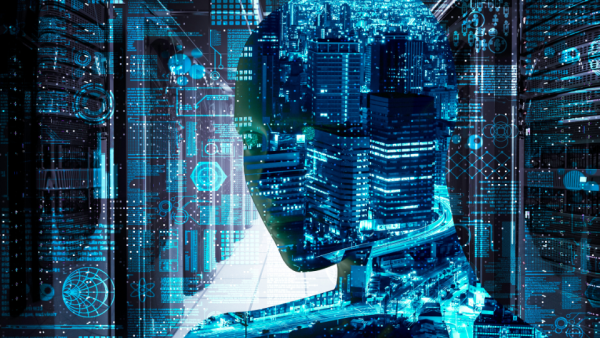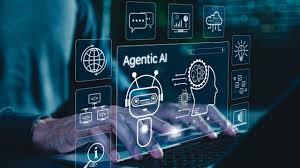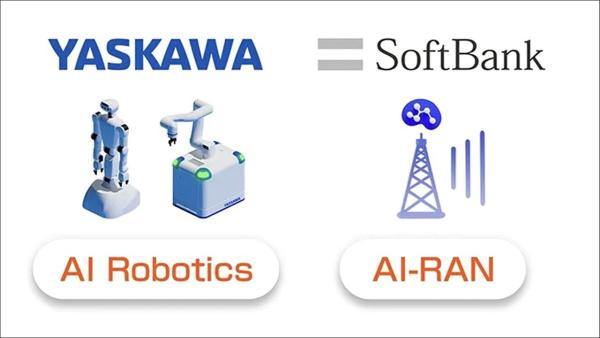Ashurst provide a snapshot on what to expect from 2023

At a glance:
- Climate and ESG: the growing primacy of these issues in decision-making will lead to an acceleration in tech development and investment which facilitates the corporate Environmental Social and Governance agenda. In particular, investment is likely to be focused on monitoring and data gathering tools to improve decision-making (and on the companies which develop such tools).
- Tech and cyber talent: an intensification of the war for talent in a pool of expertise not big enough to sustain demand. How businesses attract and retain tech talent, particularly in cyber, will become more of a decisive factor in how well they cope in an increasingly dangerous cyber environment.
- Cyber resilience: a continuation of the shift in mindset from traditional cyber security to a cyber resilience, recovery and harm minimisation mindset. Those who are not cyber resilient will find themselves in the crosshairs of cyber attackers, who will look at them as the low-hanging fruit. Cybersecurity as a Service offering will prove a popular stop-gap while people plug the holes in their own network infrastructure.
- Hyper-personalisation meets data paranoia: customer expectations for hyper-personalised services coupled with the ongoing paranoia over data leaks will lead to a rise in digital ID solutions as an alternative to storing sensitive personal data. These solutions will reduce the intrinsic value to hackers of the identifiers stored by companies using them, reducing the risk of hacking in the first place.
- Privacy enhancing technologies supporting collaboration: privacy-enhancing technologies and secure platforms will enable collaboration and data sharing (including within the supply chain) while preserving privacy and trust, using emerging technologies such as fully homomorphic encryption (which allows data to be analysed and worked on within controlled parameters while still encrypted) and functional encryption (which provides access to the results of data but not the underlying data itself).
- Mainstream artificial intelligence products: Artificial Intelligence has been on the agenda for several years now, but increasingly user-friendly products (low-code and no-code AI, as well as pre-trained models) are hitting the mainstream, allowing rapid and scaled deployment of AI within more businesses.
- Automation: less a trend and more a continuation – the industrialisation of automation and Internet of Things products will continue at pace (supported by 5G mobile), in particular given the economic slowdown and the promised efficiencies brought by automation. Technologies well established in some industries (eg digital twins in infrastructure) may trickle through to new sectors and use cases, as businesses look to take advantage of established tech to reduce cost.
- Quantum computing: expect increased investment in quantum capability (and businesses at the forefront of quantum computing), particularly given potential benefits in unlocking other key C-suite agenda priorities (such as AI, ESG and cyber resilience).
A cautious step into the Metaverse: we are still too early to expect a fully interoperable and portable Metaverse. Expect to see specific and narrow use cases being developed, as the Metaverse slowly continues to gather momentum. - Digital Infrastructure: the trend for investment in digital infrastructure (fibre, 5G, subsea, satellites and data centres) will continue at pace in 2023 fuelled by the ever increasing demand for data and higher speeds. In 2023, however, we will also start to see the deployment of 5G standalone networks and an increase in the take up of private networks. In addition, as with most industries the impact of inflation and rising energy prices will be a challenge for operators in 2023.
- Uptick in strategic sourcing transactions: as a result of the above factors, companies should be looking to prioritise sourcing transactions to ensure that they have access to best of breed talent and technology. Economic instability usually leads to outsourcing to cut cost, but now more than ever the strategic use of sourcing can maximise businesses' tech capability and push them to the forefront of their market.
2023 – continued challenges and new opportunities
2022 was a year of heightened instability. Economies still adapting to and recovering from the pandemic have had to deal with further mass disruption including inflation, cyber-attacks, supply chain disruption, semiconductor shortages, economic and political instability, and energy price spikes. 2023 will likely see many of these challenges, or at least their long-tail impacts, continue.
At the same time we are seeing many emerging technologies reach the mainstream. As Bill Gates said, "people overestimate what they can do in one year and under-estimate what they can do in 10 years". Advances over the last decade have been remarkable, and facing the challenges of 2023 may see the pipe dreams of previous years hit "prime time".
Tech investment is still about capturing new opportunities and growing businesses. But increasingly tech investment and innovation is a cost of being in business at all - something needed to survive, let alone thrive
Click here to read a more detailed look at the topics addressed above.









